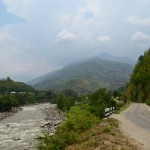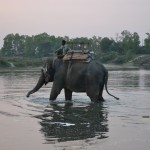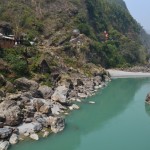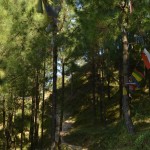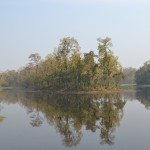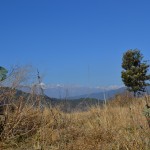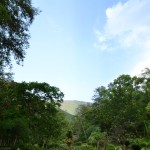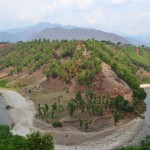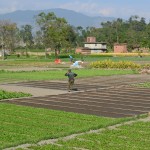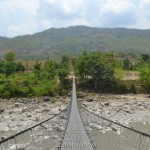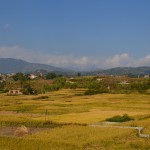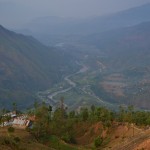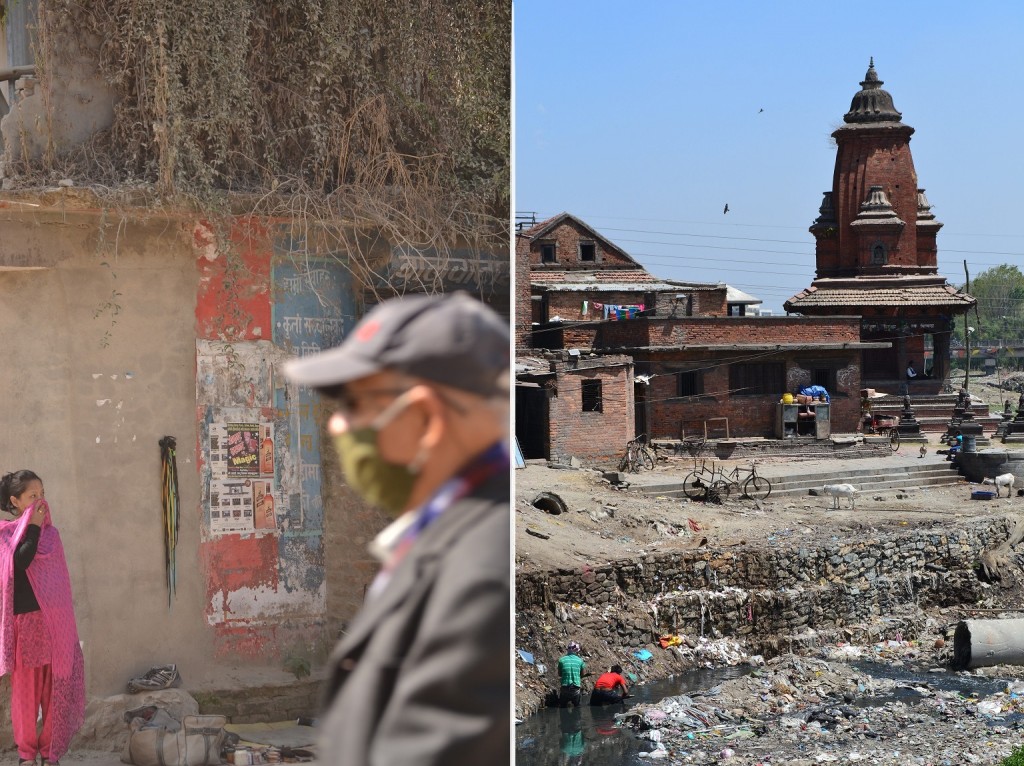
As other major Asian capitals, Kathmandu struggles with pollution. Respiratory diseases, as well as other health complications, linked to the levels of air and water contamination, are growing among the population. Unstable politics, bad management, lack of awareness, and a growing industry cause the issue. People wear masks as they walk or drive around the valley.
The sewage system contaminates the rivers. As the garbage collectors do not work on a daily basis and most people cannot afford the extra expense, the inhabitants prefer to either burn their waste or throw it in the rivers. The stray animals are high in numbers––neglected and untreated they die on the sides of the road and are left there to rot.
Rivers are considered holy and make up an important part of the lives of many. The diseased are burned and their ashes are also dumped in the water. Farmers use the infected water with toxic, hard, and organic waste to irrigate their crops and plants. A big chunk of the population uses this water for domestic purposes, or to simply bathe, while the shortage on water is not being solved.
The city is overpopulated and the number of vehicles is growing. Kathmandu is expanding its roads and the dust that comes with that is uncontrollable. The construction work is brought down to the neighborhoods. The inhabitants are notified with paint on their houses just how many meters should be demolished, so as to give way to the new road. It takes months for the owners to clear out the needed space and for the government to start working, remove the electricity cables, and lay down new roads.
After landing in Kathmandu, you can notice the hills, surrounding the valley––they are usually unclear because of pollution. But if you take a drive outside of Kathmandu, all you need is a couple of hours and a majestic nature reveals itself that blows your mind.
This contradiction in scenery is at first very saddening, but then extremely surprising, and ultimately pleasant to witness. Nepal, known for its location in the Himalayas––will not disappoint you. I remember the first time I left Kathmandu. A six hours bike ride to Pokhara proved to be worth it. Nepal’s natural scenery has this element of surprise. As you drive outside of Kathmandu, the hills start to uncover what is hidden within them: wide clear rivers, breathtaking forestry, and the white mountain tops that will impose humbleness upon you.
Here are the wonders that I stumbled upon during some of the trips I took around the country:

